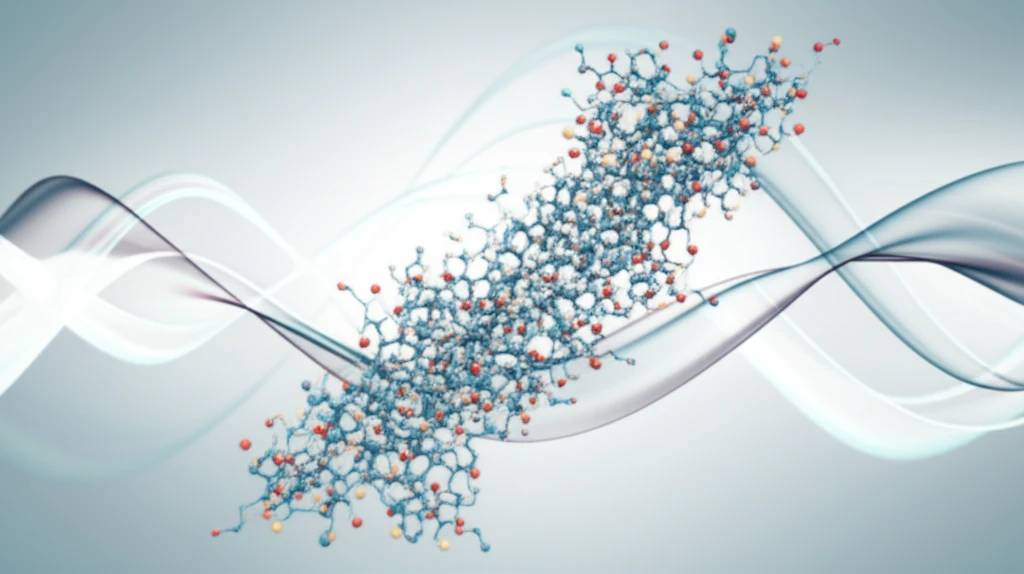
Unlocking Life's Secrets: How Physics Is Revolutionizing Our Understanding of Proteins
"A groundbreaking look at how a physics-based approach is reshaping our comprehension of protein folding and the very essence of life itself."
In the realm where science and philosophy intertwine, the question "What is life?" has perpetually sparked curiosity and debate. From the complex dance of molecules within our cells to the grand, sweeping theories of physics, the pursuit of understanding life's essence continues. A recent paper, echoing the revolutionary spirit of Erwin Schrödinger, provides a fresh perspective on this enduring question.
The paper delves into the intricate world of proteins, the workhorses of our cells, and challenges long-held beliefs about their structure and function. Traditional views emphasize the role of intricate interactions in protein folding. However, this new approach suggests a simpler, physics-based model that could redefine our understanding of life's core principles.
This article aims to explore these captivating ideas, delving into the history of scientific thought, the innovative 'elixir phase' concept, and the potential for reshaping the field of biology. Through a combination of scientific analysis and clear explanation, we hope to illuminate the fascinating intersection of physics, biology, and the very nature of life.
The 'Elixir Phase': A New Lens on Protein Folding

For many years, the prevailing view in protein science has focused on the complex interplay of numerous forces that dictate how proteins fold into their unique three-dimensional shapes. This perspective has led to an axiomatic conviction that protein folding is essentially a many-parameter energy minimization problem.
- Simplified Model: The 'elixir phase' utilizes a model with a few geometrical constraints to explain protein folding.
- Focus on Interactions: The core idea revolves around the interaction of 'beads' representing parts of the protein molecules.
- Energy and Distance: The model assigns energy based on the distance between these beads, offering a basic, yet powerful explanation.
The Future of Proteins and Beyond
The insights of the 'elixir phase' represent more than a new way to look at protein folding. They have the potential to transform biology and have relevance far beyond the scope of current scientific understanding. This model offers a paradigm shift. As research continues, we will unlock further secrets to life.
